Style is a topic that comes up often in illustration, but it can be a somewhat abstract concept. So here I will attempt to simplify the subject to a few key elements, and along the way, share a couple of personal experiences with finding my own style.
When someone asks “how do I find a style”, they are usually thinking about the way the artwork looks and the materials being used, but that is only a small part of the equation. So instead, I want to introduce the concept of voice; which broadly encompasses your interests, influences, and training. It is the culmination of all your creative choices, and once you understand it, style follows naturally.
Although it is useful to reflect on artistic voice at any skill level, it is best done when you already have a solid foundation of technical skills. As a beginner, studying and looking at work by other people can be a useful way to understand the materials and techniques available to you. But once you grasp the basics of form, colour, anatomy, and materials – what then? Having explored “how to draw”, you begin to think about “what to draw”, and “why”. These are the questions answered by voice.
The concept of voice can be broken down into three key elements. These are:
1) Your passions and experiences, which looks inwardly at the things that shape you.
2) Your taste, which looks outwardly at how you understand images and themes.
3) The techniques and materials you choose, and the unique way you use them.
Voice deals with what lies beneath the surface of your work, and is highly individual and personal. It is this uniqueness that makes your work stand out from the crowd, and can often be what you are hired for as an illustrator. So, let’s take a closer look at each of the elements of artistic voice….
Passions & Experiences
This element of voice involves looking inward at your experiences and interests for inspiration.
We all carry a set of passions and experiences that inevitably find their way into our work. It’s easy to think of straightforward interests, eg: “I like mythology, so I paint fantasy art!”. But delve deeper and consider: what life experiences have shaped and influenced you? What emotions are you trying to capture in your work? What fuels your creativity, and why? All these things contribute to the artistic decisions you make.
Your passions form the emotional core of your work. It is what motivates you to make art, and what you want to tell the world. I used to think this meant having some sort of actual message to convey, like “be kind to people!” – but that’s not really what it means at all. It is just the unique lens through which you see and interpret the world. This perspective is one of your most valuable assets as an illustrator, because no one else sees things the way you do.
Something that really helped with finding my own voice was exploring personal stories. In school, I once had to take a writing class where I wrote about my experiences; everything from humorous encounters, to impactful events in my life, etc. It made me realise that I had stories worth telling, and that they were a source of inspiration for making art. I found myself illustrating things that were important to me, trying to capture a feeling or memory, drawing things I understood, because I lived them. Everyone has these kind of experiences to draw from. In telling these stories, you learn more about your voice, and share a little bit of yourself with the world.
Taste
If passions & experiences are about looking inward, then taste is the outward-looking counterpart. It is the ability to understand and categorise images.
Everyone has a general idea of what they like, but can you identify what is good about an image and why you like it? Do you understand the feelings being evoked, the symbolism used, and how these things tell a story? This is visual literacy, and is an important part of developing taste.
A deeper understanding of images helps you to categorise them, and recognise themes that you are drawn to. It’s not enough to only look at images; you must keep track of your taste as well. A Pinterest account is a great way to do this, with each board being a loosely-defined theme related to something you like. They can range from the practical, like colour palettes, to more abstract concepts, like emotions and visual tropes. The idea is to identify recurring themes of interest. When you curate images in this way, you are putting them in context, asking how an image fits into a theme, genre, or niche. You also consider what makes an image interesting, what has been done before, and most importantly, what you are doing that is different from everything else you see.
In my own search for voice, a turning point was realising that the kind of images I like might not be what I want to make. What I like looking at doesn’t always align with my creative goals. I said that taste is outward-looking, but it can also be used to judge your own work; to figure out which path to pursue, and what to discard. There are things that every artist does that is unlike anything or anyone else. Maybe it is an unusual way of conveying an idea, or an unexpected combination of themes and materials. Taste is what helps you identify the things that are unique, interesting, and in line with your vision.
Technique
This element concerns the surface of your art: the materials you choose, the way you use them, and how you stylise. The combination of all these things can be recognised as your style.
Yes, we are finally talking about style! But you should see now that without the support of the other elements of voice, style by itself is empty. And in fact, it is actually possible to work in different styles, but still retain an overall consistent artistic voice. As long as the materials and techniques you choose align with your passions and tastes, and allow you to tell the sort of stories you want to tell.
It is not only the materials you choose that is important, but also how you use them. The way you interact with your chosen tools affects the look and feel of your art. There is individuality in how you hold a pencil or brush, how you apply your marks, and the exact combination of materials you use. There are details in your art that no one else would notice at a glance. These “personal quirks” that show up consistently between pieces, even ones you see as mistakes, can end up becoming your hallmarks. No two people will use the same materials in exactly the same way. This is how common materials and techniques can become incredibly personal.
At the start of the essay, I mention that voice should be explored when you already have a good grasp of technical skill. But it still plays an important role in technique. Skill is not only about drawing realistically. Once you know the basics, improving skill is more about learning how to stylise. How much you veer from realism, and how exactly you stylise depends, again, on what serves your creative goals. When developing skill, it is easy to fall into the trap of aiming for realism. Rather, the aim should be “truth”. That is, depicting things in a way that feels accurate to your passions and tastes, and reflects how you see the world.
Putting It All Together
Now that we’ve covered all the elements of artistic voice, you can begin to see how each of them play an equally important role. For some people, voice comes naturally, but for others, it requires work. Being aware of what you are already instinctively good at, and what areas you need to develop, will help define your voice more clearly.
It might seem obvious now that voice requires a great deal of introspection. There is a point in every artist’s development when they must stop looking outwardly, if only for a little while. What works for others may not work for you, because their point of view is different from yours. If you ask two people for their opinion on your work, they can point out two very different things that are good, and tell you to go in opposite directions. Of course, getting feedback on your work and learning from others is crucial to development, but knowing when to turn away from outside influence is when your voice really emerges.
Over time, your taste may change, your experiences grow, and your techniques improve. It is a process of constant searching and evolving. But there are always things about your voice that remain constant. It is the core of who you are, a bit like laying down solid foundations to build on.
This perspective on artistic voice may not ring true for everyone. There are areas of illustration where style is less important, or even undesirable. And there are many other aspects of style that I haven’t covered here. But if you take anything away from this, it is that your value as an illustrator lies in your unique ideas. That uniqueness is your voice, and it it something that only you can offer.
Often, people speak of “finding a style” (or voice), as if it is something that graces you from an outside source. In reality, it is there all along, in the things that you are already doing. So, take some time to consider your journey, the stories you want to tell, and how you can tell them. And let your voice soar!
Guest Post written by Rovina Cai
Rovina Cai is an international award winning illustrator who works across a variety of genres. Her poetic imagery has served as book covers, and as interior art for magazines, novels and picture books. Always up for a challenge, her work has also found some unusual applications, like appearing in a video game promotion, and on illustrated scarves.
Evoking a sense of place and emotion is a hallmark of Rovina’s work. She has visited and lived in a number of countries throughout her life, and these experiences inform her work. She delights in creating intriguing images that make the viewer linger, hungry to know more.
Rovina graduated from the MFA Illustration as Visual Essay program at the School of Visual Arts in New York City. Her work has been recognised with gold awards from publications like Spectrum Fantastic Art, and been accepted into juried competitions like the Society of Illustrators annual.
In her spare time, Rovina likes to daydream about the many cats she will adopt one day in her ambition to become a crazy cat lady. She currently works out of a cozy studio in an old convent building in Melbourne, Australia.


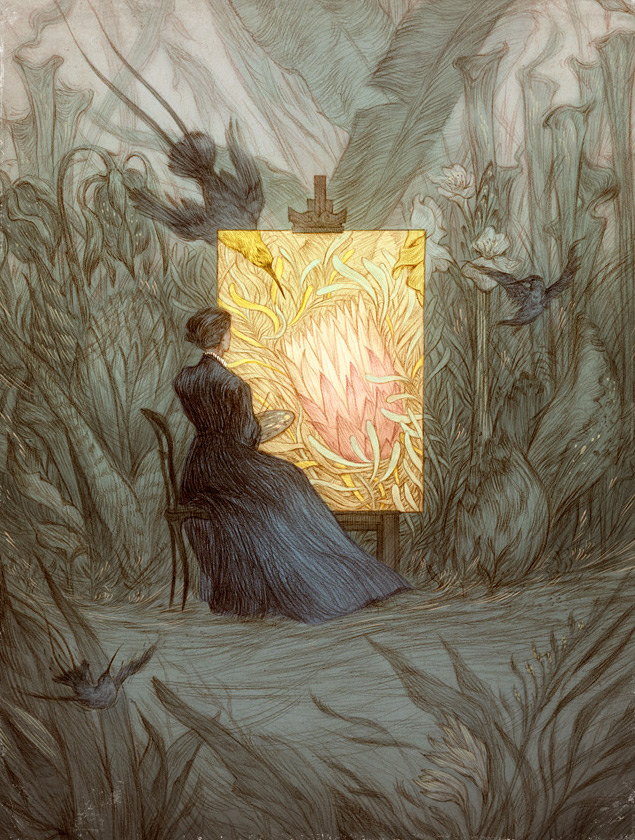
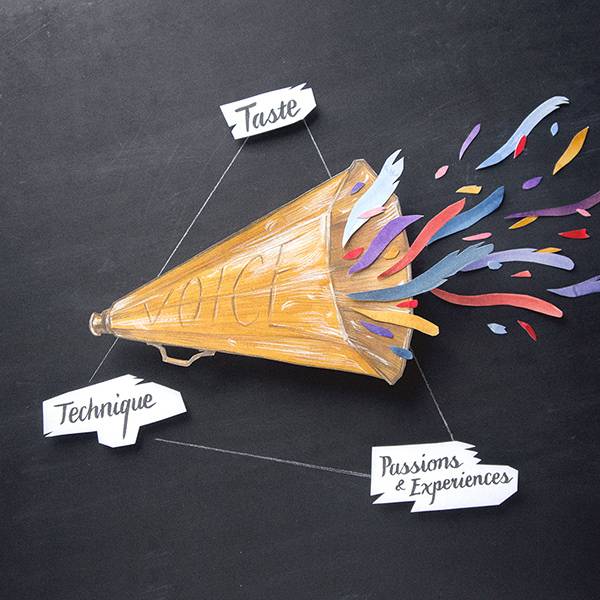
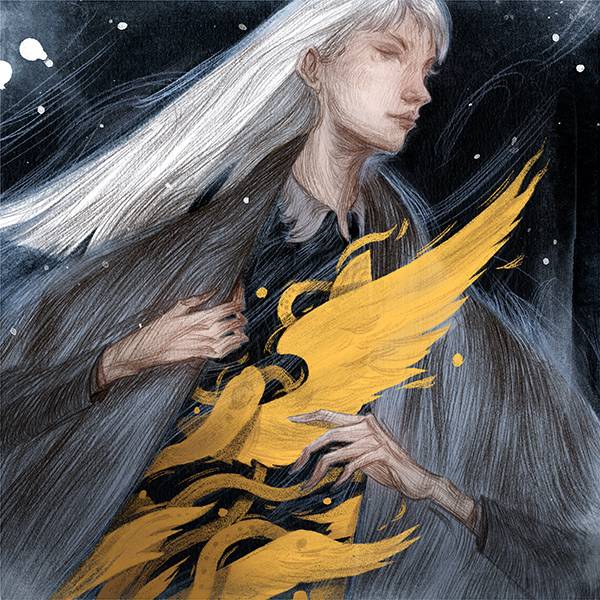
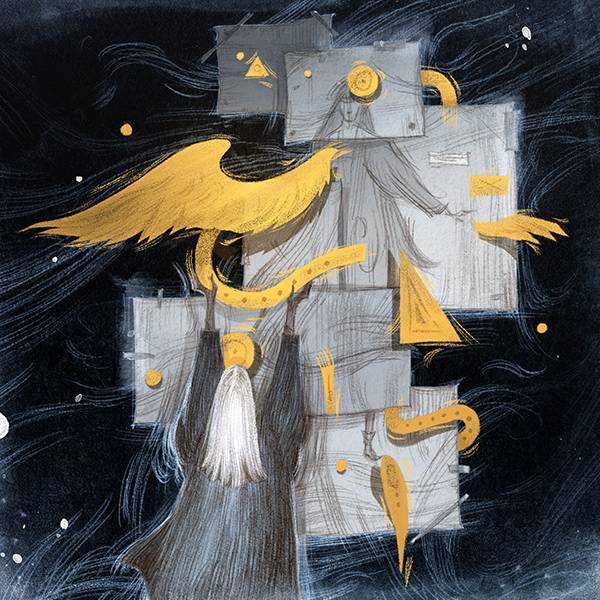
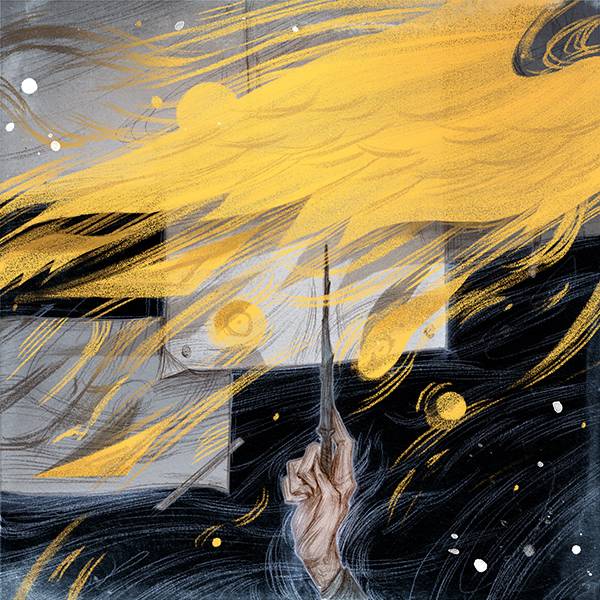
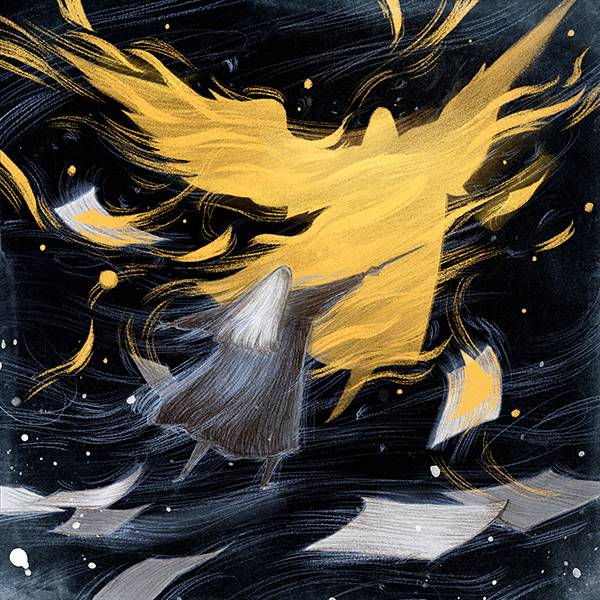
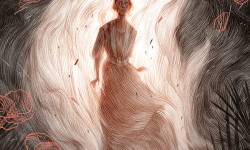

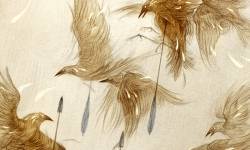
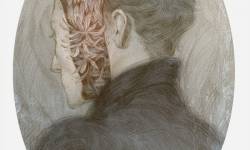
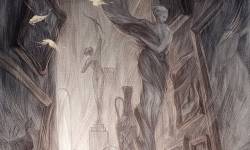
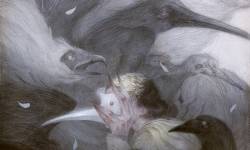
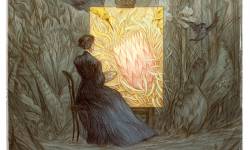
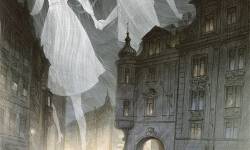
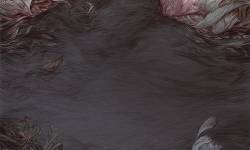
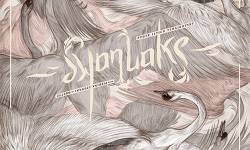
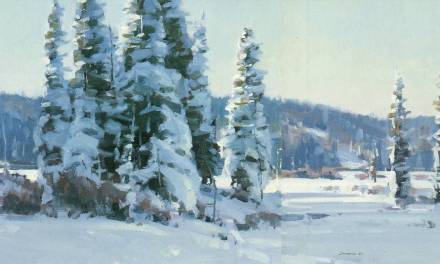
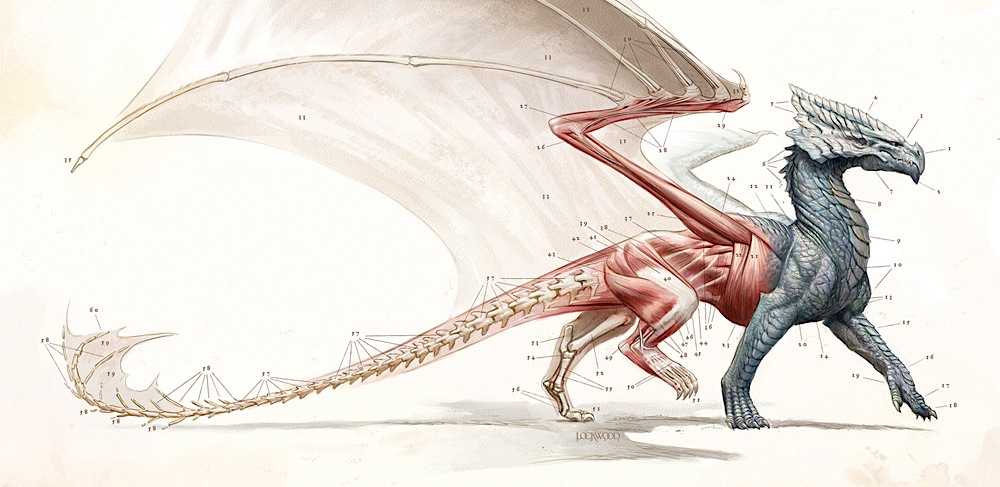

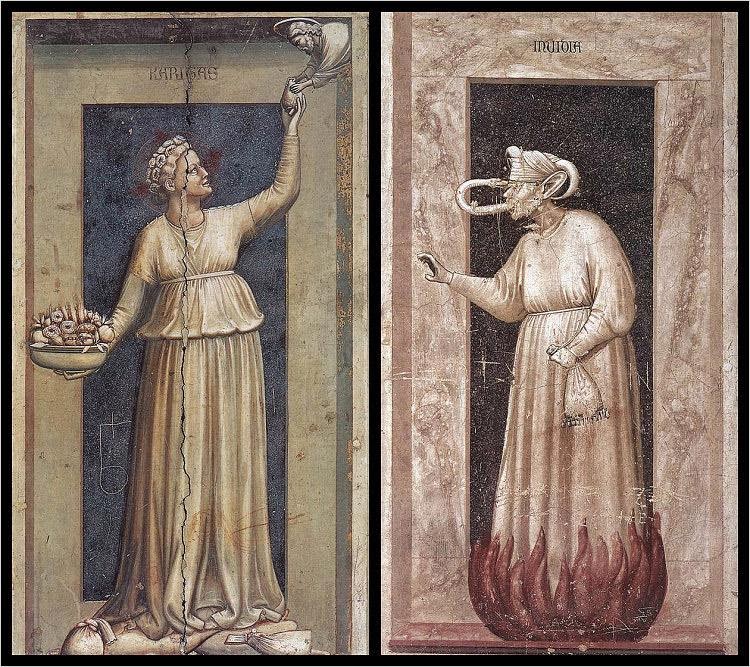
“Skill is not only about drawing realistically. Once you know the basics, improving skill is more about learning how to stylise.”
That’s a brilliant definition!!
It resonates deeply to me.
I could now refer back and forth from what’s written here.
Thanks this is simply beautiful and full of points to ponder.
What a great article! Thank you so much! I have hated the idea of “style” for a very long time. i hear people talk about their artistic “style” like they’re wearing a pair of “high end” jeans designed by someone else.
“Voice…broadly encompasses your interests, influences, and training. It is the culmination of all your creative choices” THANK YOU!
I’m am saving this article. There is SO much I learned on just a first read!
My dream is to become a crazy cat lady artist, too! Loved this article! For so long I felt bound by the thought that I had to develop a concrete artistic style, but an artist is always evolving. For the past few years I began collecting images and other visual matter that inspired or provoked some creative demon within me so it’s pleasing to know I’m on the right path ;).
Great article!